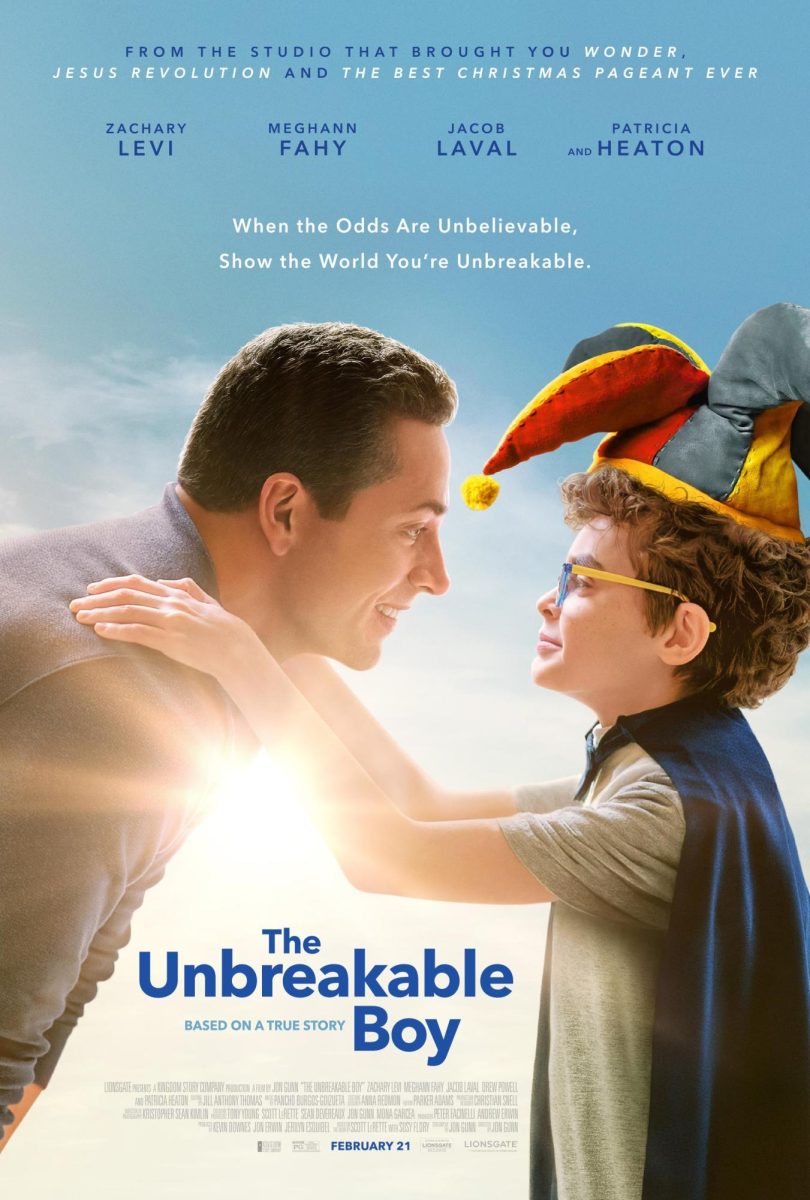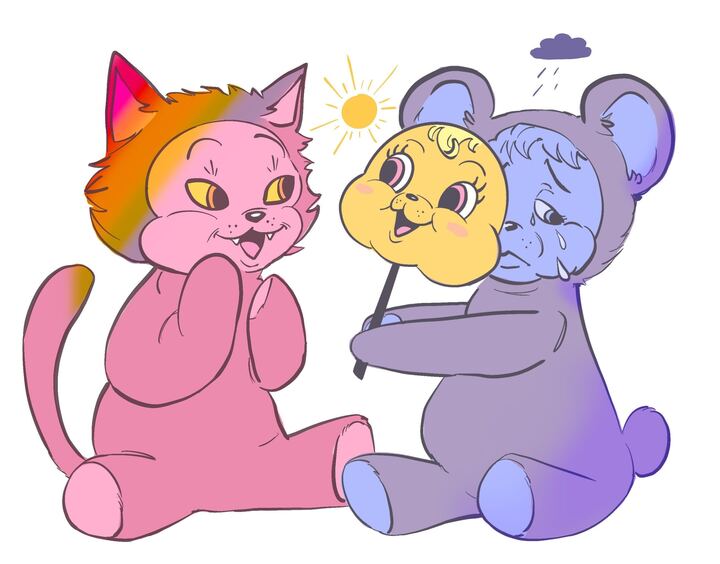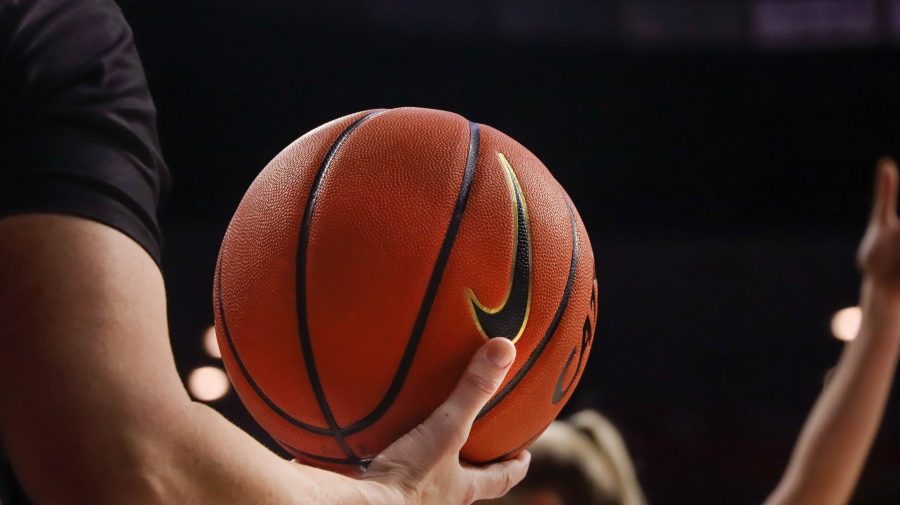
Hollywood has been slowly coming out in a big way with greater acceptance of lesbian, gay and transgender individuals in television and film. With shows such as “Orange is the New Black” and “Transparent,” LGTQ stories are being voiced at a greater volume — but where is the “B”?
Why is bisexuality shied away from or, at best, vaguely alluded to?
If you haven’t caught up on the third season of “House of Cards,” you’re missing out. (You should also stop reading now to avoid spoilers.) Not only was this season more stressful and better than before, it also furthered the plot line on Frank Underwood’s probable bisexuality.
Although the internet was inundated with a deluge of “Is Frank Underwood gay?” think pieces after the events at his alma mater, and again during the infamous threesome with Meechum, season three seemed focused on explicitly developing a plot that pointed to his bisexuality with a storyline in which Frank has an emotional, but not sexual, relationship with another man.
The show, which has some Shakespearean parallels, also draws on medieval England’s nuanced views on sexuality. While the Underwoods play a mean Team Macbeth, plotting to kill their king, the nuance surrounding Frank’s sexuality is reminiscent of a time when it was just understood that men and women could like other men and women.
It’s strange, then, to think that in the hundreds of years that have passed, that concept has become incredibly taboo. There are abundant cases of bisexual erasure. A simple Google search of the phrase “gay men who married women” results in hundreds of articles and listicles citing “gay” men who have had healthy, long-term relationships with women at some point in their lives. Nowhere is it considered that these men might be bisexual.
In one case, actual and definite bisexual Alan Cumming was listed in one of these articles. That’s like listing in an article about celebrities who you might be surprised to learn are black, someone who explicitly says he’s not. Similarly, Alan Cumming isn’t gay, and he’s explicitly said so.
Even in “Orange is the New Black,” where the main character, Piper, has relationships with both men and women, the people she dates often worry aloud whether she will “go back” to being straight or gay and thus leave them.
In their thirst for representation in media, bisexual people often turn to “shipping” characters in television or movies. Shipping refers to audiences wanting characters who are not together or aligned romantically in canon to get together.
One prominent example of this is in Nickelodeon’s “The Legend of Korra.” In the very adult show marketed to kids, female main characters Korra and Asami are one of the main “ships” often discussed online; their “ship name” is referred to as Korrasami.
On separate occasions, both have previously been in a relationship with another character, Mako — establishing that they have feelings for men. However, in the series finale, Korra and Asami are depicted ending the show together, embarking on a journey hand in hand with definite romantic implications.
It happened: Nickelodeon has bisexual representation in a cartoon. Not only did the creators openly confirm that the ending was intended — and Korrasami shippers aren’t just reading too much between the lines — a ton of artwork has been created and sold to benefit LGBTQ suicide prevention.
This is important. Shows such as “Legend of Korra” and “House of Cards” are important. Creating spaces where bisexual people, and others, can see bisexual people’s lives being represented rather than being explained away is important. Hopefully, the success of shows that have taken this bold step will inspire other showrunners to embrace a little sexual diversity, rather than just play it straight.
_______________
Nick Havey is a junior studying physiology and Spanish. Follow him on Twitter.








